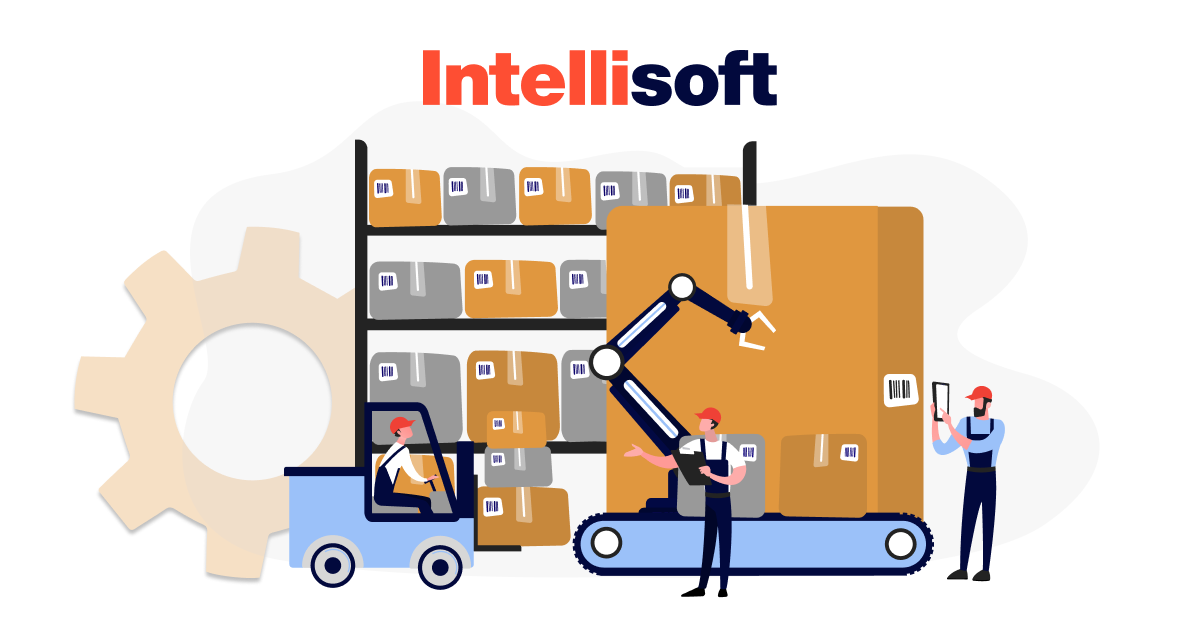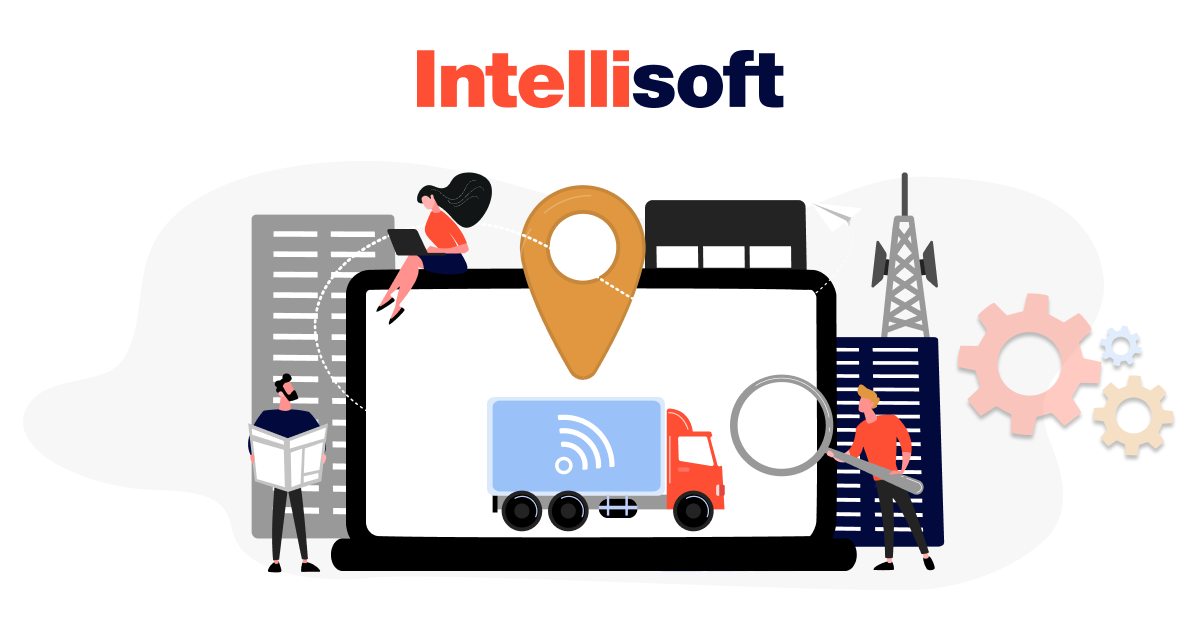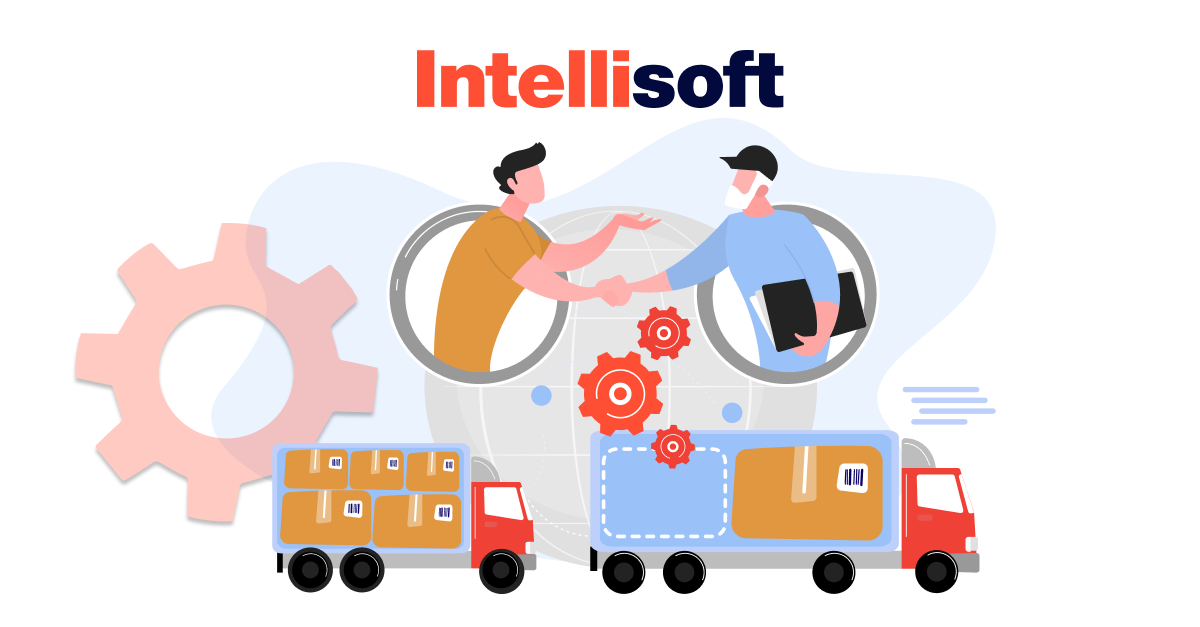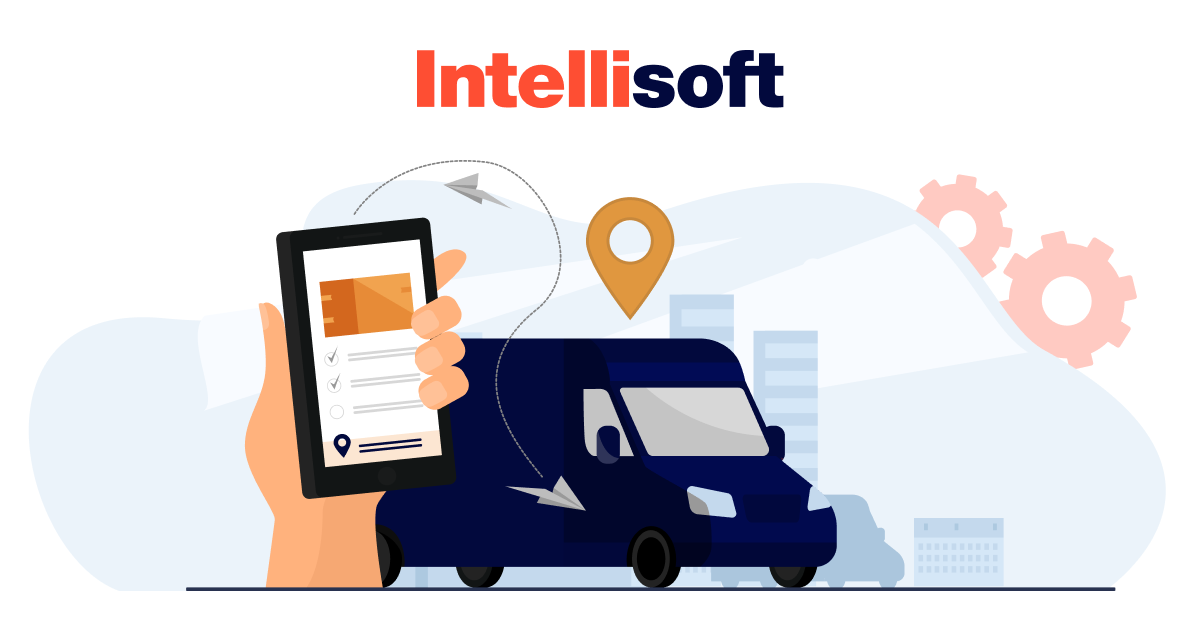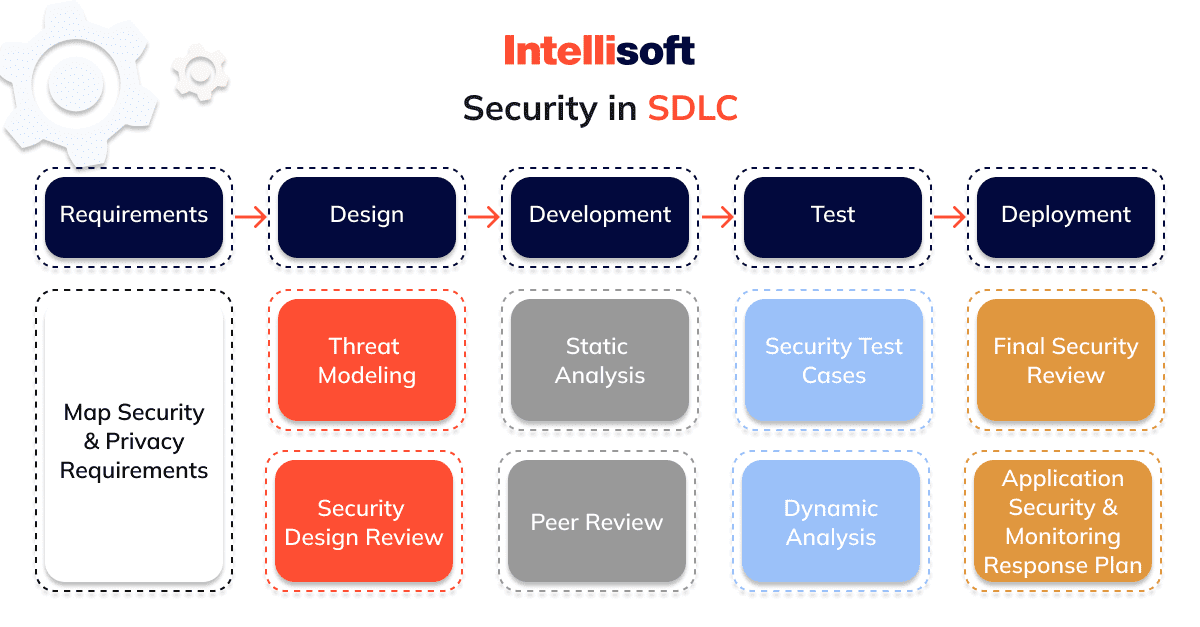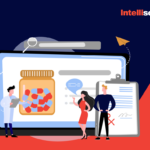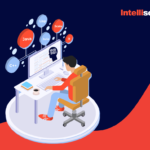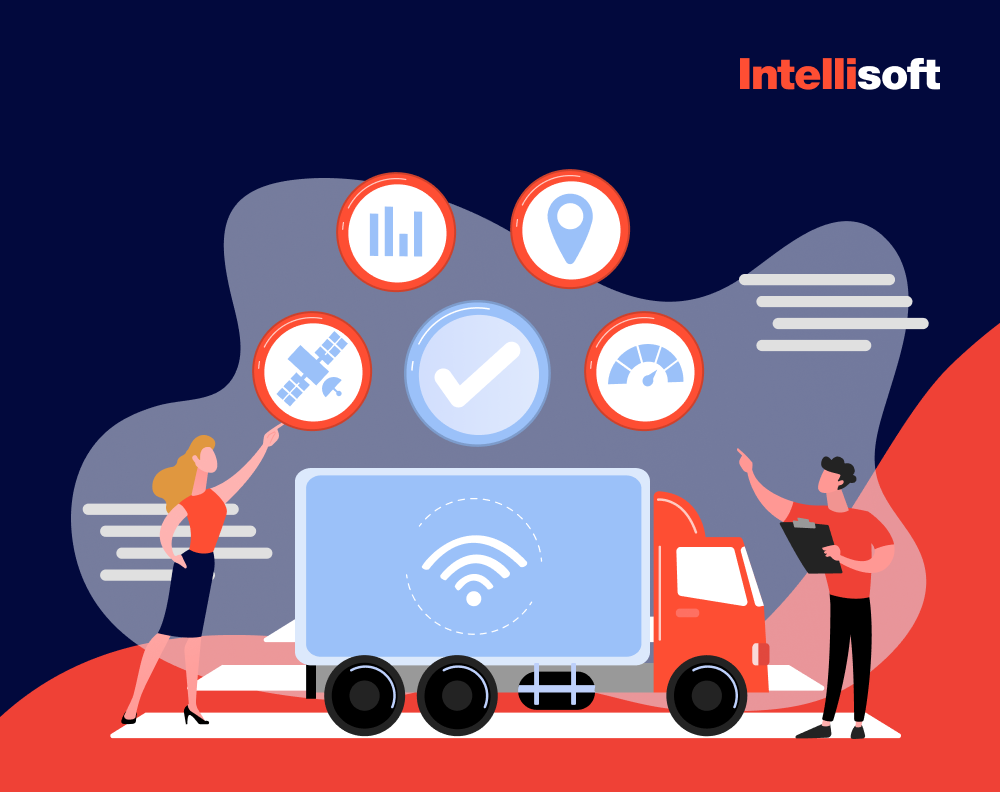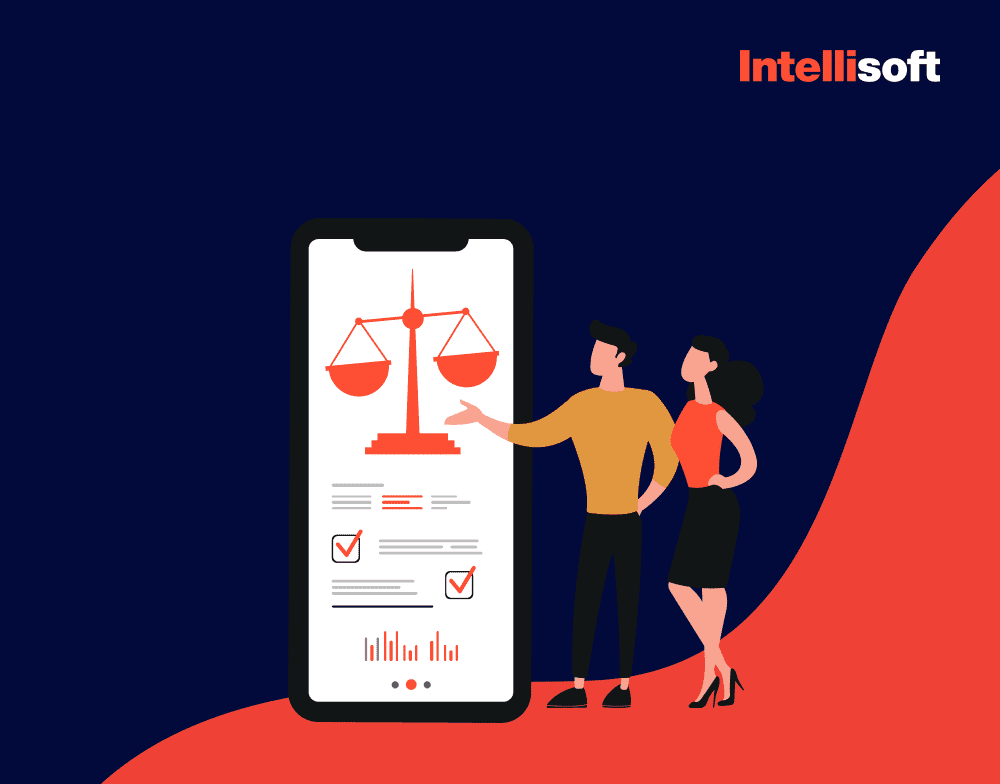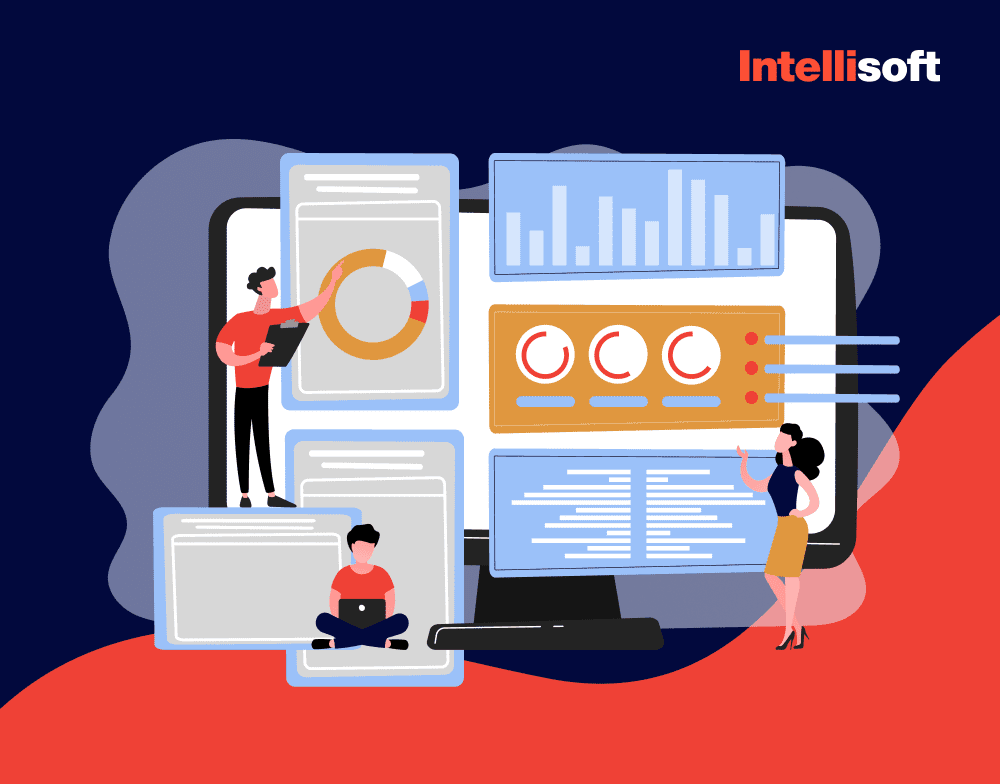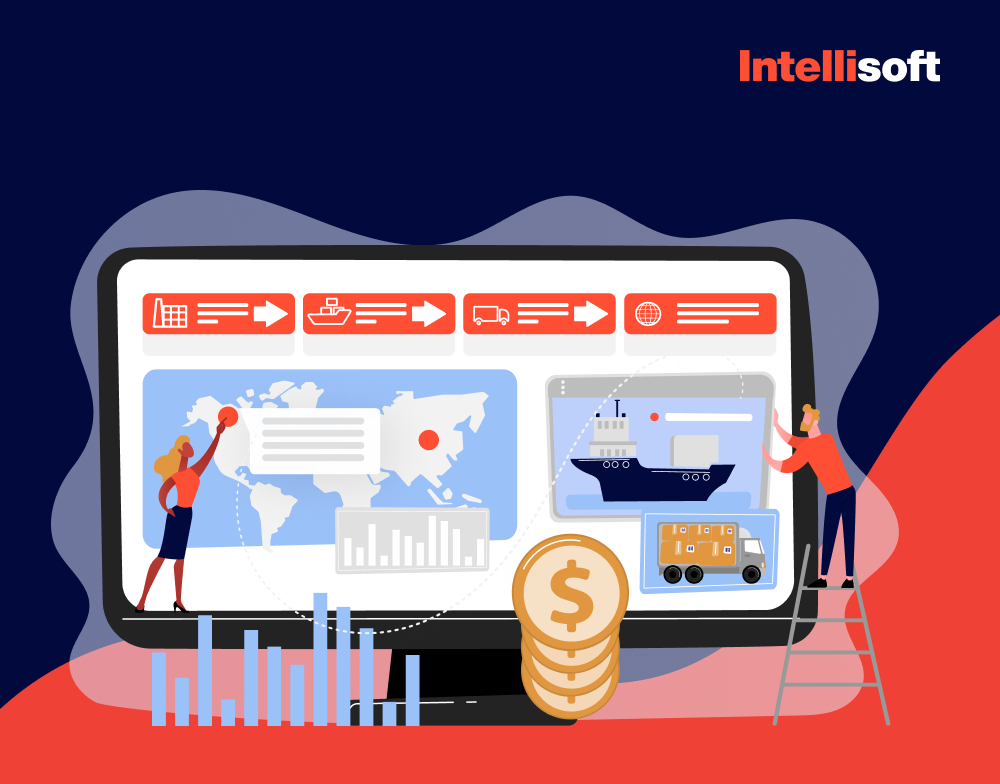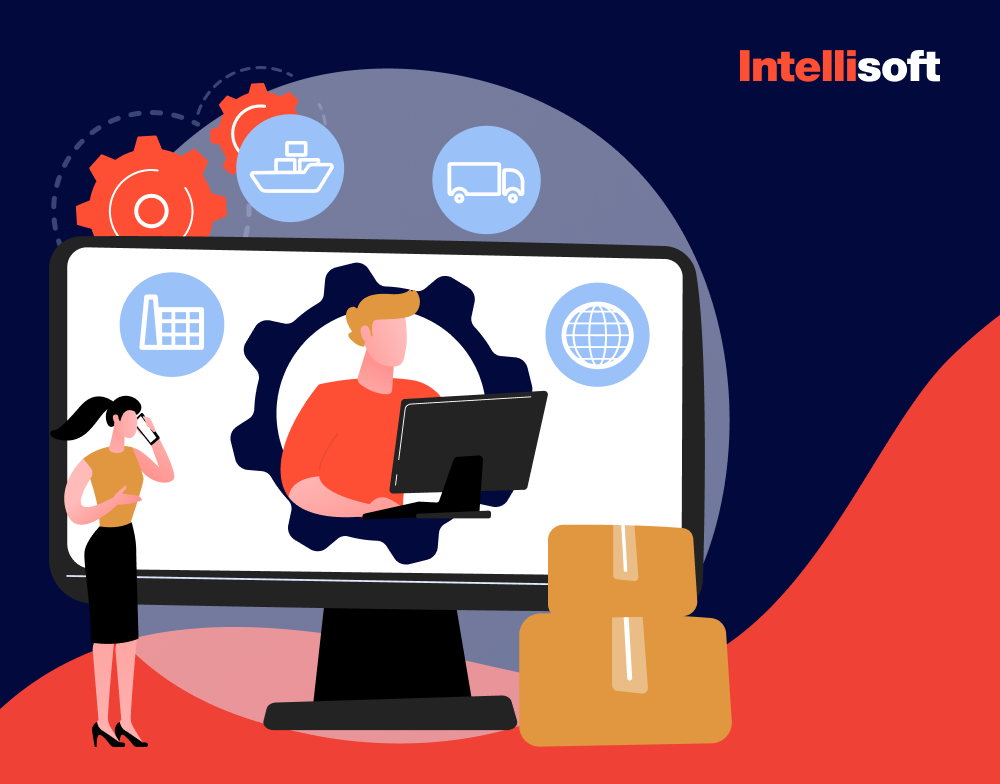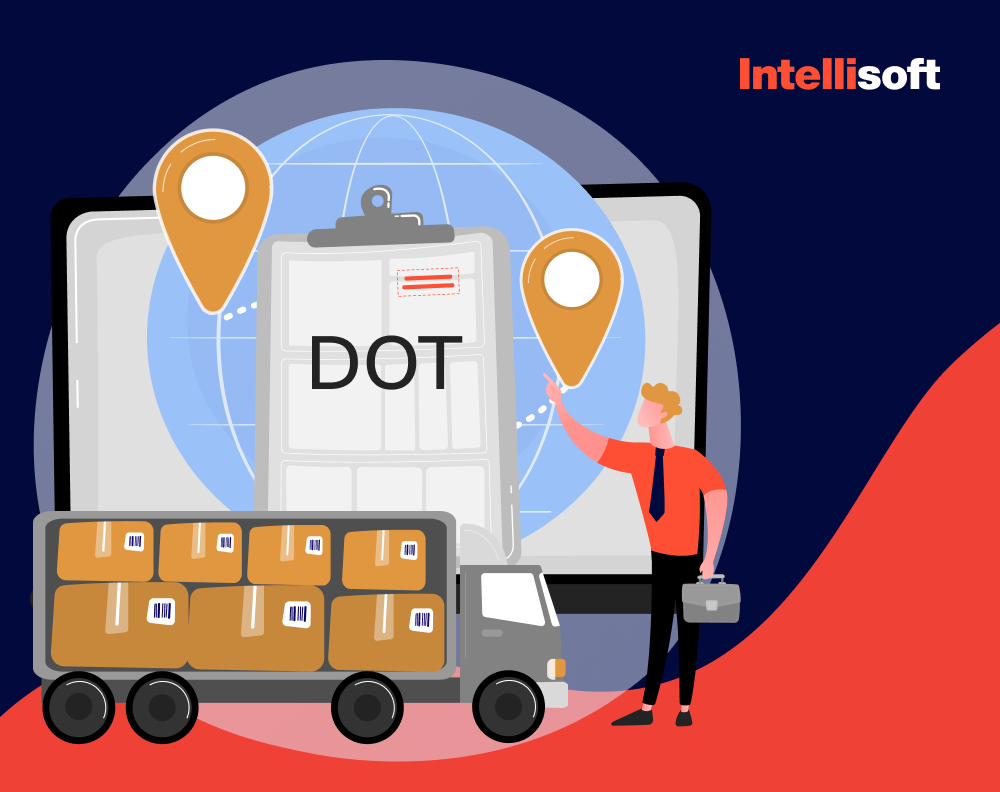Need Help With Your Logistics Project?
What is the worst nightmare of a logistics manager? Have dispatch documents been lost without having their digital copies? Have trucks half loaded because there is no transparency between logistics personnel, drivers, and warehouses? Poor overall logistics dep performance, which may lead to costly mistakes? Now, take a deep breath and relax. We have a solution to all those problems – logistic app development.
IntelliSoft is long enough in the logistics software development industry to advise on logistics app development because we have delivered successful logistics projects. They are – custom software for Ingram Barge, the leading marine transporter on America’s inland waterways, and Spec Tec AMOS (Asset Management Operating System), the software used in the Maritime, Oil Gas, and Defence industries.
But before digging into tech details of the logistic app development process, let’s check some figures and statistics of the logistics industry.
Table of Contents
Logistics Industry In Numbers
Several factors are driving the growth of the logistics sector. Those factors are the constant growth of online retail, the popularity of in-demand delivery caused by the pandemic, and the fact that more and more companies are adopting advanced technologies, such as AI, data analytics, cloud computing, and IoT devices.
As Global Logistics Market Report and Forecast 2022-2027 tells us, in 2027, the global logistics market will reach USD 13,326.3 billion, with a compound annual growth rate (CAGR) of 5.7% between 2022 and 2027.
Another research and analytics report by PwC shows that over the 2021 year, the value of logistics deals have increased by 105%.
Besides that, another report on Logistics Management stated that 34% of logistics companies invested in cloud infrastructure adoption, which allows all employees to access the same data and receive more transparent processes and other advantages for their supply chain.
As you can see from the statistical data, the logistics market will be expanding in the future, and digitalization is one of the most important trends in IT logistics. With this in mind, let’s check how your logistics business can benefit from developing a logistics app.
What are the advantages of logistic app development for my business?
You may have doubts before making the final decision about whether to invest money into a logistics app. Because developing logistics projects from scratch is inexpensive. In this paragraph, we have gathered the main benefits you’ll receive by investing in a logistics app so that you can see the bigger picture and mind it when initiating the development process.
- Improved management
As you might know, logistics involve cooperation between many people and numerous departments. Each employee must carry out their tasks in collaboration with other workers and departments to avoid delays, which is often complicated because those departments are not located in one place.
Empowering your employees with mobile logistics applications will strengthen your organization’s management since all employees can be synchronized into one working rhythm. Besides this, all managers can track the performance of the overall delivery process with a few clicks to find out the order status.
- Better performance
A logistics application helps all managers to track employees’ performance and monthly KPIs. On the other hand, employees can see their performance and how many tasks they do. One example is drivers who can view the driven distance, the number of orders they fulfilled, vehicle and payment statuses, etc. Another example is that logistics applications simplify the communication between drivers and dispatches since they can report issues faster and remain productive.
- Eliminated paperwork
Running app documents in paper forms is expensive not only because it requires actual paper and a place to keep it but also because losing a billing invoice or important shipping documents could cost somebody one’s job. Therefore, organizations adopt the paperless approach for storing printed copies on the cloud in digital format. It is also handy to sign such documents within a few clicks without worrying that third parties will forge a signature.
As we said, logistics applications are crucial if you want a solution to optimize your management, improve transparency across departments and move your printed archives into digital form. We also said that there are many departments involved in the logistics process. There is a logistic application that can solve problems in a particular department. There are also those that all departments can apply to at once. Let’s look at the most common types of applications for logistics.
What are the types of apps for logistics?
When you consider developing your own logistics software, the first thing to do is decide what app you need. To help you with your goal, we broke all the logistics systems down into five categories:
Fleet management
You may need to develop this application if you mainly deal with trucks, vessels, or ships and need a dashboard to visualize their movement, load, and roads and keep an eye on the orders’ statuses.
Drivers and administrators use such applications to track order delivery, time on the road, and free space inside the truck.
Fleet management is an app for logistics that is handy for recording and storing information for each particular vehicle and can also be used for optimal maintenance. By leveraging predictive analytics, you can know what transport will require upkeep in the future to order all the necessary parts beforehand.
Warehouse management
Running a warehouse always requires updated product placement data, their amount, and other details. Often employees use printed information to work with, which is inconvenient and time-consuming.
Looking For A Dedicated Development Team?
Adopting a warehouse management app for logistics allows your employees to receive ultimate control over the inventory, accessed via a mobile device or tablet. Workers can manage and gather information about the product type using the barcode scanning feature and update info about product arrival and dispatch data even without Internet access. Warehouse managers can also check where the products are located and add information about the truck carrying products to their final destination.
Route optimization logistics application
Let’s face it – your logistics company can’t deliver something without gasoline. At the same time, gasoline prices are constantly rising, and if your drivers use fuel ineffectively, you’ll lose more on running costs than expected. That is why route optimization software is a must to help your logistics company remain profitable.
Such software includes maps and the nearest gas stations so that dispatchers can create an optimal route for each driver while predicting the gasoline the driver will need to deliver orders. Besides this, drivers can more rationally allocate their resources without reinventing the wheel and think about what road they need to go and where they will fill up petrol in the tank.
On-demand logistics
Having trucks half-loaded is inefficient for logistics companies. But on-demand logistics apps can come with this problem. Thanks to the rapid spread of the on-demand economy, mainly used in B2C segments, more and more B2B companies leverage this business model, particularly in logistics.
What benefits on-demand logistics apps can bring to transportation companies? By working with individual shippers, you’ll have more orders delivered by rationally using your trucks, thus, receive more income.
Custom logistics apps
Custom applications for your logistics business may combine the functionality of all the types of logistics you just learned about. While you can integrate one of the existing SaaS logistics solutions presented on the market, they all come with standard built-in functionality. Since there is no guarantee that your organization will use all of them, you may end up paying for functions your business doesn’t use.
In contrast, by investing in custom logistics software, your business receives all the necessary features to solve your business problem. Such applications perfectly fit the existing IT ecosystem and can be integrated with any CRM or ERP you are currently using.
With this in mind, let’s see what it takes to create a custom logistic app.
How to develop a logistic app?
Business owners don’t have to be developers to develop a logistics system. Why? Because by hiring the right technological partner, like IntelliSoft, you can receive such a project without writing a single line of code. But how to find the right outsourcing team, and what steps does the logistic app development process include? Read on to see all your answers.
Step 1. Find the outsourcing team
Hundreds of thousands of development teams can develop your custom logistics application. But how to find the best one? Here are some tips:
Check out IT review platforms, such as Clutch or GoodFirms. You can find the right IT supplier and read about the team’s experience with previous projects there. Reviewing websites is also a great way to learn about straightness and weakness of a particular group before even contacting them.
Step 2. Contact logistics developers
Contact them when you have found several IT development companies and explain what solution your business needs. At IntelliSoft, once we receive a request for software development, our team usually schedules a call with clients to find out more about the project we’ll work on. We also send the Non-Disclosure Agreement so that our clients will be confident that the legal document secures their business ideas.
Ready To Develop Logistics Platform's MVP?
If you need tips on what to consider when looking for an IT outsourcing team, read our previous article about factors to consider when hiring an outsourcing development team.
Step 3. Sign a contract for logistics app development services
After the introduction call, your potential IT suppliers will send you the project estimation, including a high-level overview of your project’s architecture, the required tech stack, the approximate team structure, and the budget needed to deliver the project.
The cost of logistics development depends on the number of developers participating in the project development and their hourly rate. Why? Because it is a common practice to charge a rate per hour.
Once you compare all the estimates received and select the winner among the IT outsourcing team, you can sign a contract so that the team can initiate the development process.
In case you need more info about working models and types of outsourcing contracts, check out our previous article about how to sign a contract with an outsourcing agency.
Step 4. Develop and integrate your logistics app
The development stage includes not only coding itself. The first thing developers, project managers, and business analysts do is create a software requirement specification. This document consists of the software overview, business goals, the detailed breakdown of features and parts the solution must include, and the tech stack.
When you create a custom logistics application for your business, the software specification will also tell you how the future solution will be integrated with your existing ERP or the solution you are currently using.
Next comes the development stage. Here, developers will create the front-end and the back-end of the software. At IntelliSoft, we apply a Secure Software Development Life Cycle to each project we deal with.
Why? Because such an approach ensures the ultimate product safety, it helps your QA managers to identify bugs, reduce the project development costs and avoid internal business risk.
The testing stage is also an integral part of the development process. Once the developer releases a feature, the QA managers (we also call them testers) will test the feature to find out whether it performs the function required, i.e., whether it meets the requirements stated in the software specification doc.
After all the features are created and integrated, errors are fixed, and the logistics system performs as it should, the team runs the final demo video call with you to demonstrate the software your business will receive.
Related readings:
- Implementing Offline Data Synchronization in Logistics applications
- Internet of Things Predictions for 2023: What Should We Expect?
Features for Your Custom Logistic App
As we said, custom applications for logistics include only those features your business requires. Thus, consider this section as the inspiration source of what your project may look like.
Most applications for the logistics sector include two main components – the app for employees who work in the field or on the road, and managers, who assign tasks and monitor their performance. Let’s see what functionality might be helpful for a logistics company that includes the mobile app for drivers and the web-based dashboard.
DRIVER APP
- QR code/barcode scanning
This function allows drivers to eliminate paperwork by automatically stacking the statuses of shipped products.
- Chat with dispatchers
Make it possible for drivers to dispatchers about the progress of their routes and shipment.
- Video and photos
It enables making videos and taking pictures of products before and after performing the delivery.
- Online navigation
This real-time functionality includes mapping, allowing drivers to have clear directions outside and inside large warehouses.
- Logbook
In this section, drivers can report on their current tasks, including information about orders, shipping destinations, delivery status, etc.
- New requests
Enables drivers to accept or reject new pick-up requests and shipping orders.
WEB DASHBOARD FOR DISPATCHERS
- Electronic document workflow
This integration allows keeping all the documents in digital formats, including billing, payments, orders, and invoices. You also can integrate online signature solutions using Docusign.
- Integration with existing systems
This functionality allows your employees to access the data from your warehouse management software, ERM, CRM, and other systems.
- Reports
In this tab, users can access all the necessary reports, including average ETA estimates, best delivery time, revenue prediction based on current performance, or any other reports your logistics managers need.
- Notification
Managers can receive notifications via a web app that informs them about delays, fulfilled orders, or other main events of the shipping process.
- Order and inventory logistics management
Managers can create new orders, track the inventory logistics management activities, search for necessary orders, etc.
- Driver management
Managers can create new orders with all the shipment details, like product type, freight measurements, and weight, and assign them to drivers.
Team composition for logistics app development
Now, let’s see how many development team members you’ll need to create your logistics app. Please note that the following team composition is not the “must-have” of any project. It demonstrates the leading roles usually involved in the software development process. You can always estimate your custom team composition using our Outsourcing team calculator.
- Product manager. This person is responsible for creating the vision of your products.
- The project manager assigns tasks, monitors team progress, facilitates development, and removes obstacles.
- App developers. They vary by specialty mobile, full-stack, front-end, and back-end, and in a nutshell, they are responsible for setting up software architecture, writing code, and fixing bugs.
- QA engineer. This team member is responsible for finding bugs and errors in the software, writing bug reports, and sending them to developers for further fixes.
- DevOps engineer is the team member responsible for setting up the server infrastructure, optimizing traffic load, and ensuring that the software has enough capabilities for running all features.
- UI/UX designer creates the layout and mock-ups of the app and its clickable prototype to demonstrate software features and is responsible for the final app look.
Tech stack for logistics app development
The buzzword “tech stack” refers to all the technologies used to develop your logistics software. To learn more about its definition, check out our previous article about what a tech stack means.
In our experience, the technological stack for a logistic app can include but is not limited to the following list of technologies:

Our team selects the tech stack for custom logistics software depending on your functionality and unique business needs. To receive such a suggestion from our specialist, fill in the contact form to set up an introduction call.
AboutKosta Mitrofanskiy
I have 25 years of hands-on experience in the IT and software development industry. During this period, I helped 50+ companies to gain a technological edge across different industries. I can help you with dedicated teams, hiring stand-alone developers, developing a product design and MVP for your healthcare, logistics, or IoT projects. If you have questions concerning our cooperation or need an NDA to sign, contact info@intellisoftware.net.


